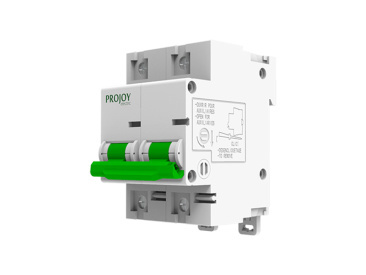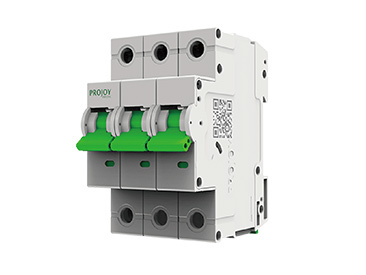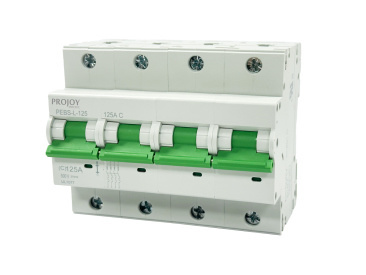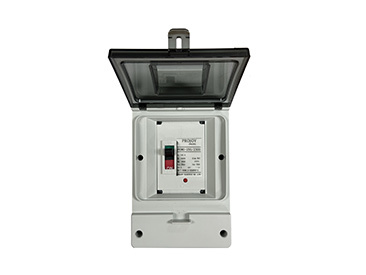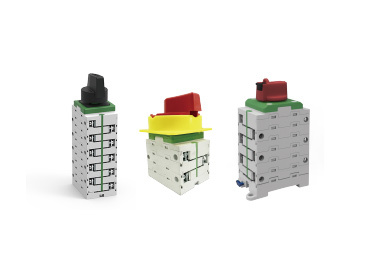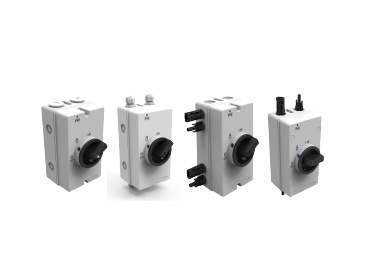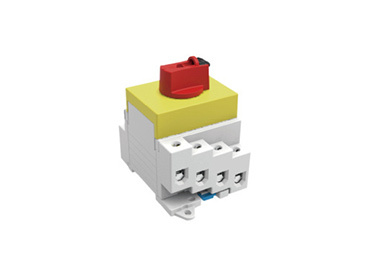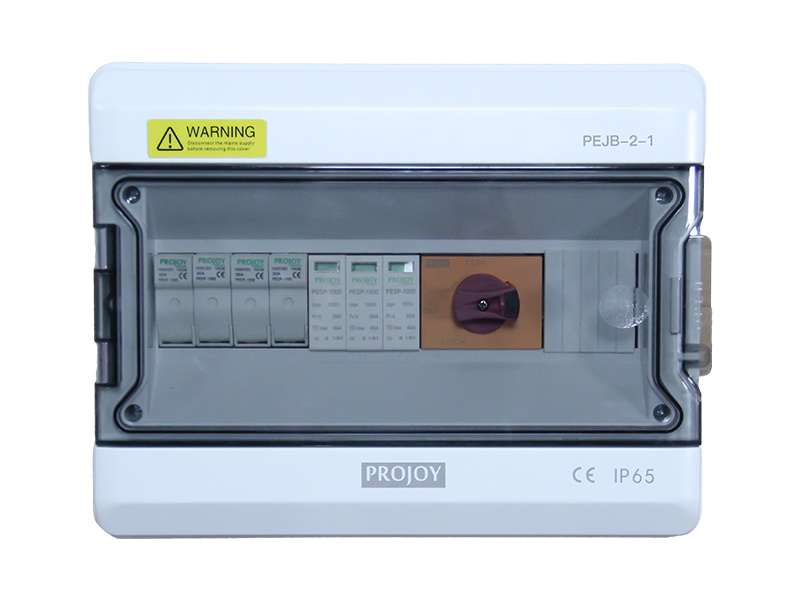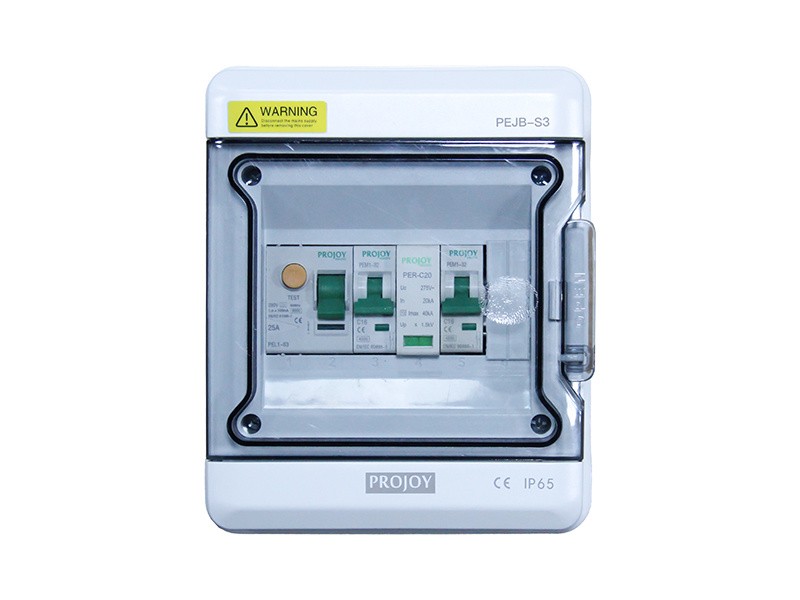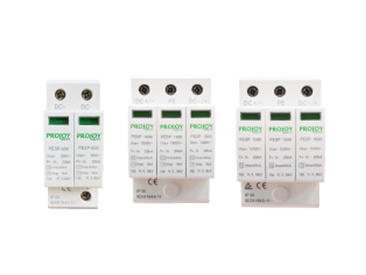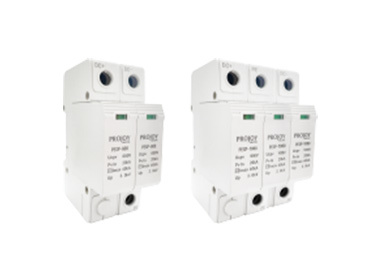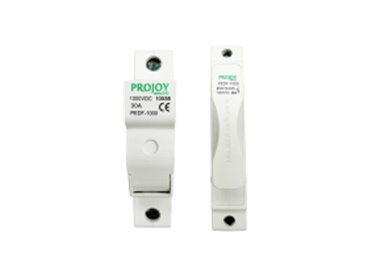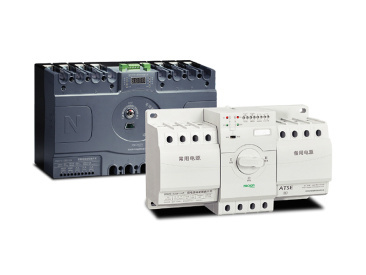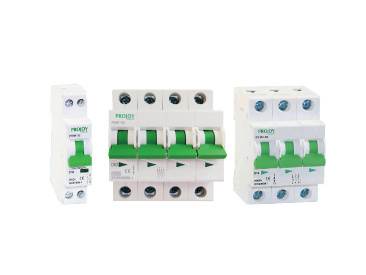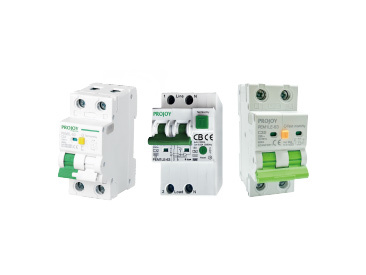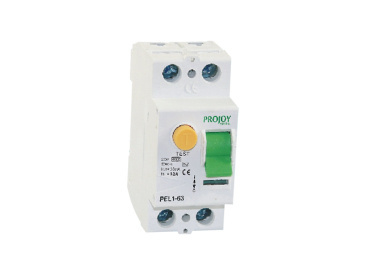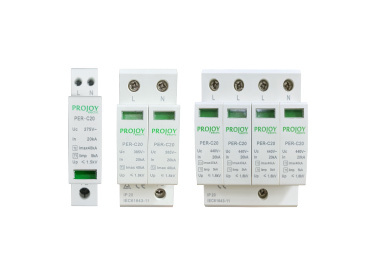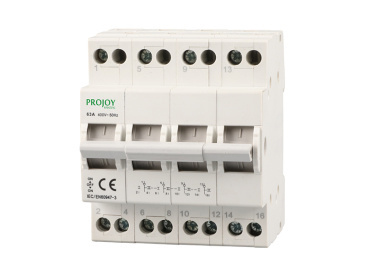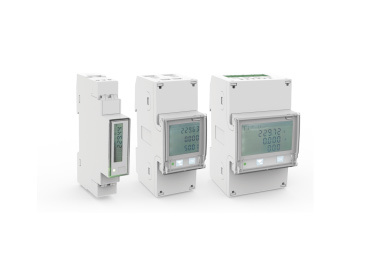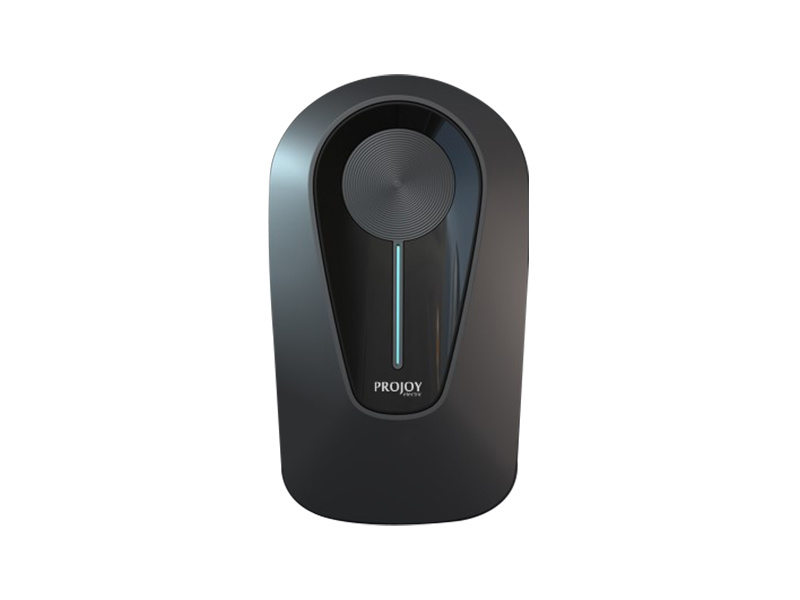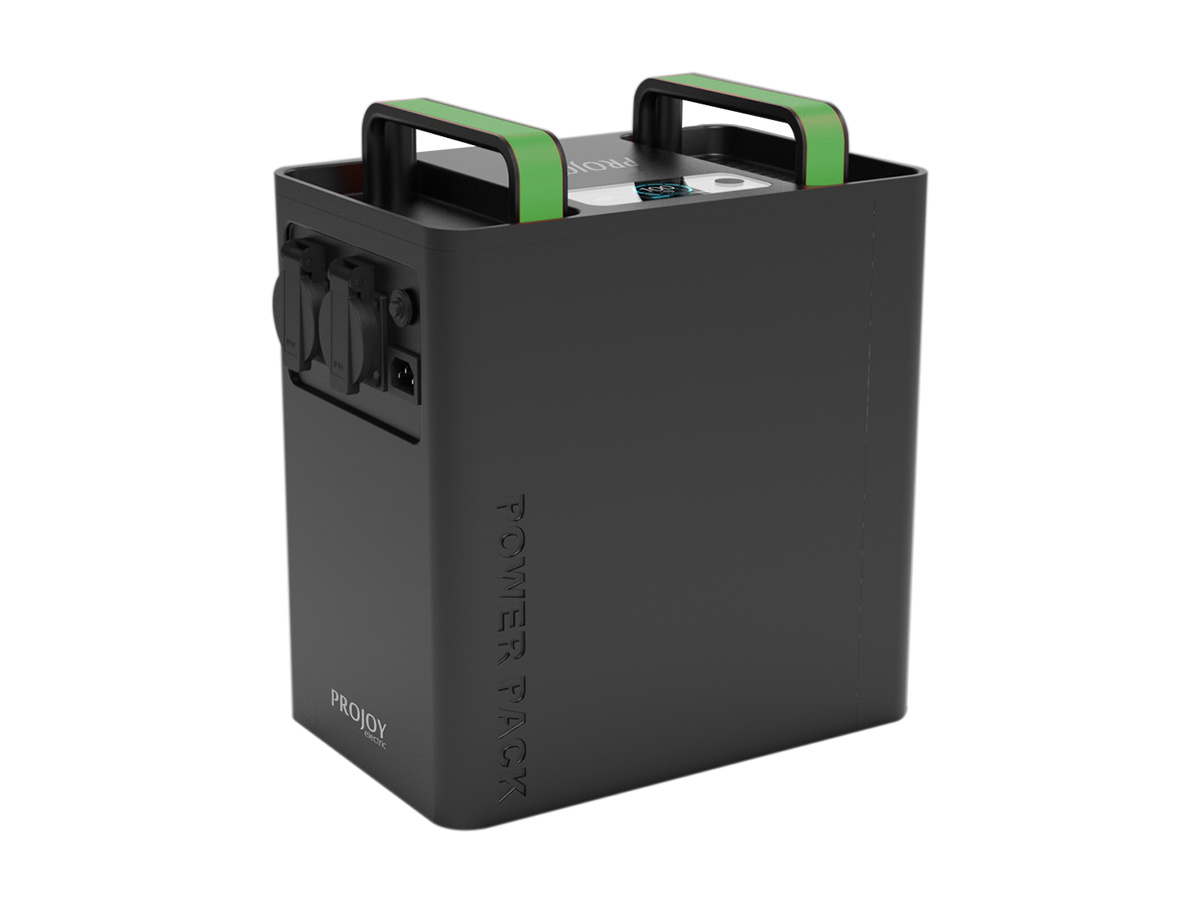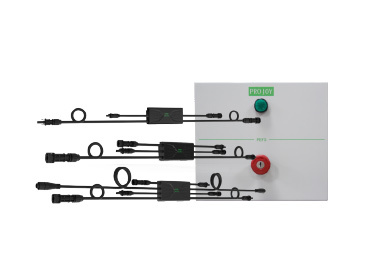Key Considerations When Choosing Energy Storage System Components for Optimal Performance
Key Considerations When Choosing Energy Storage System Components
Introduction to Energy Storage Systems
Energy storage systems (ESS) have become pivotal in the modern energy landscape. They facilitate the efficient use of energy by allowing for the storage and later retrieval of power generated from various sources, including renewable energy. Understanding the essential components of an energy storage system is crucial for anyone looking to optimize their energy management. This article delves into the key considerations when selecting components such as batteries, chargers, and other related systems.
The Importance of Choosing the Right Energy Storage Components
Selecting the appropriate components for your energy storage system is vital for several reasons:
- **Efficiency**: The right components enhance the overall efficiency of the energy storage system, ensuring minimal energy loss.
- **Cost-Effectiveness**: Making informed choices can reduce both initial investment and long-term operational costs.
- **Longevity**: High-quality components tend to have a longer lifespan, which can lead to significant savings over time.
- **Reliability**: Well-chosen components offer consistent performance, crucial for both commercial and residential energy needs.
Understanding Energy Storage System Components
Batteries: The Heart of Energy Storage Systems
Batteries are the primary component in any energy storage system. They store electrical energy for later use and can vary widely in terms of chemistry, size, and application.
Types of Batteries
- **Lithium-Ion Batteries**: Known for their high energy density and efficiency, these batteries are popular in both residential and commercial applications.
- **Lead-Acid Batteries**: While older technology, lead-acid batteries are still widely used due to their reliability and lower cost.
- **Flow Batteries**: These offer long-duration storage and are ideal for large-scale applications.
Key Considerations for Battery Selection
1. **Energy Density**: Higher energy density means more energy storage in a smaller footprint.
2. **Cycle Life**: The number of charge-discharge cycles a battery can undergo before its capacity significantly diminishes.
3. **Operating Temperature Range**: Batteries should perform effectively in the environmental conditions of their intended installation location.
Chargers: Optimizing Battery Performance
Battery chargers are essential for an efficient energy storage system. They regulate the energy flow from the source to the battery, ensuring optimal charging and prolonging battery life.
Types of Chargers
- **Smart Chargers**: These chargers monitor battery health and adjust charging parameters automatically.
- **Standard Chargers**: Basic models that provide a fixed charge without optimization capabilities.
Factors to Consider When Choosing a Charger
1. **Charging Speed**: Fast-charging capabilities can significantly reduce downtime.
2. **Compatibility**: Ensure the charger matches the battery type and specifications.
3. **Efficiency Rating**: Higher efficiency ratings mean less energy is wasted during the charging process.
Additional Components to Consider in Energy Storage Systems
Inverters: Converting and Managing Power
Inverters play a critical role in energy storage systems by converting direct current (DC) from the batteries into alternating current (AC) for use in homes and businesses.
Types of Inverters
- **String Inverters**: Suitable for residential solar systems, they convert the output of multiple panels at once.
- **Microinverters**: Installed at each solar panel, these optimize performance by converting energy individually.
Choosing the Right Inverter
1. **Power Rating**: Ensure the inverter can handle the maximum power output needed.
2. **Efficiency**: Look for inverters with high conversion efficiency to minimize energy loss.
3. **Features**: Consider additional features such as monitoring capabilities and warranty terms.
Energy Management Systems: Enhancing Control and Efficiency
Energy management systems (EMS) provide the software and controls necessary to optimize the performance of an energy storage system.
Benefits of an Energy Management System
- **Real-Time Monitoring**: Track the performance of all components in real-time.
- **Load Management**: Efficiently manage energy loads to prevent overloads and ensure consistent power supply.
- **Data Analysis**: Utilize historical data to make informed adjustments and improve system performance.
Regulatory Compliance and Safety Considerations
Ensuring compliance with relevant safety and performance standards is critical when choosing energy storage components.
Standards and Certifications
1. **UL Certification**: Ensures products meet safety standards for electrical components.
2. **IEC Standards**: International standards for electrical and electronic equipment.
3. **Local Regulations**: Be aware of local codes and regulations regarding energy storage systems.
Safety Features to Look For
1. **Overcharge Protection**: Prevents batteries from being charged beyond their capacity.
2. **Temperature Control**: Essential for maintaining optimal operating conditions and preventing thermal runaway.
3. **Fire Safety Ratings**: Choose components with adequate fire safety certifications to minimize risks.
Cost Factors When Building an Energy Storage System
Understanding the cost implications of each component is crucial for budgeting an energy storage system.
Initial Investment vs. Long-Term Savings
While the initial investment can be significant, consider the long-term savings associated with durability and efficiency.
- **Total Cost of Ownership**: Evaluate not only the purchase price but also installation, maintenance, and operational costs over the system's lifecycle.
Financing Options for Energy Storage Systems
Explore financing options such as government grants, tax incentives, and financing plans provided by manufacturers to make the investment more manageable.
Environmental Impact of Energy Storage Systems
As energy storage systems play a crucial role in sustainable energy management, understanding their environmental implications is essential.
Recycling and Disposal of Components
1. **Battery Recycling**: Ensure that batteries are disposed of or recycled in an environmentally responsible manner.
2. **Sustainable Manufacturing Practices**: Choose products from manufacturers who prioritize sustainability in their production processes.
Reducing Carbon Footprint
Utilizing energy storage in conjunction with renewable energy sources can significantly reduce dependence on fossil fuels, contributing to a lower carbon footprint.
Conclusion: Making Informed Choices for Your Energy Storage System
Choosing the right components for an energy storage system is a multifaceted process that involves evaluating various factors, including efficiency, cost, longevity, and compliance with safety standards. By understanding the critical functions of batteries, chargers, inverters, and energy management systems, we can make informed decisions that enhance the performance and reliability of our energy storage solutions. By prioritizing quality and sustainability, we contribute to a more efficient and environmentally friendly energy future.
FAQs
1. What is the primary function of an energy storage system?
The primary function of an energy storage system is to store electricity for later use, optimizing energy availability and management.
2. How do I determine the right battery type for my needs?
Consider factors such as energy density, cycle life, and operating temperature range to determine the best battery type for your application.
3. What is the role of an inverter in an energy storage system?
Inverters convert DC power from the batteries into AC power for use in homes and businesses.
4. Why is an energy management system important?
An energy management system optimizes the performance of the energy storage system through real-time monitoring and load management.
5. How can I ensure that my energy storage system is compliant with safety regulations?
Choose components that have relevant certifications, such as UL and IEC standards, and remain informed about local regulations.
This comprehensive guide serves as a valuable resource for anyone looking to optimize their energy storage systems, ensuring efficient, reliable, and sustainable energy management solutions.
More News
Aug 05,2025
Product Selection Guide: PROJOY PEBS Series Miniature Circuit Breaker
PROJOY Electric has a full range of DC circuit breaker products, including miniature circuit breakers (MCBs) and molded case circuit breakers (MCCBs). According to different application scenarios and requirements, they are divided into high-voltage, low-voltage and waterproof box versions.
View Detail
Mar 13,2025
PV Combiner Box: A Vital Component in Solar Power Systems
Solar energy systems rely on a network of components to efficiently convert sunlight into usable electricity. One critical yet often overlooked device in this chain is the photovoltaic (PV) combiner box. This article explains what a PV combiner box does, how it works, and why it is essential for both safety and performance in solar installations.
View Detail


